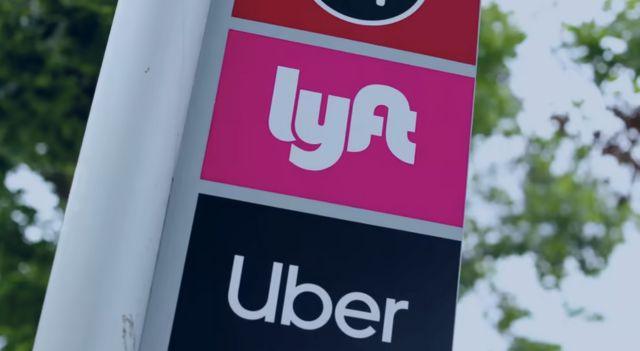Lyft’s recent decision to prioritize competitive pricing as a strategy to gain market share has resulted in a nearly 8% decline in its share value. Market participants are expressing concerns regarding the company’s road to profitability amid these pricing changes.
Both Lyft and Uber, its principal competitor, are navigating the post-pandemic recovery phase, and the recovery strategies adopted by each are markedly different. While Uber has returned to pre-pandemic rider volumes in North America by leveraging higher prices and its diversified business model—including freight brokerage and food delivery services—Lyft’s approach centers on cost-competitiveness.
Recently, Lyft (NASDAQ:LYFT) announced its operating profit forecast to be between $75 million to $85 million for the upcoming quarter. Uber, in contrast, has already reported a quarterly operating profit. BTIG analyst Jake Fuller remarked on Lyft’s strategy, noting, “While Lyft appears to be regaining ground with a more competitive offering, the profit outlook in the out-years remains murky.”
One significant decision taken by Lyft is its plan to eliminate prime-time or surge pricing, which, according to the company, is strongly disliked by its riders. In line with this strategy, surge prices were reported to have decreased by 35% in the second quarter compared to the previous quarter. This decision, combined with Lyft’s pricing strategy, which marked the average per-mile fare at 10% lower than last year, did contribute to an 8% quarterly increase in active riders on the platform.
Lyft’s stock valuation, as reflected by its forward price-to-earnings multiple, stands at 29.66. In comparison, Uber, which Uber CEO Dara Khosrowshahi acknowledged faces stiff competition from Lyft, has a multiple of 55.27.
In essence, while Lyft’s aggressive pricing strategy appears to be driving growth in its active user base, the broader question remains—will this approach lead to sustainable profitability in the longer term?
